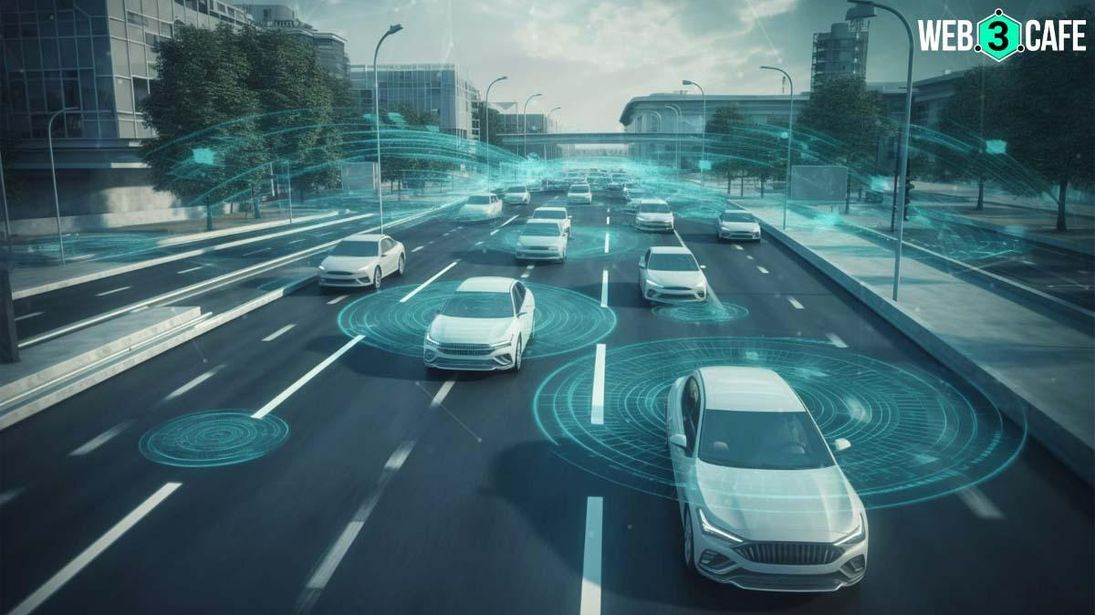Here are some ways in which Artificial Intelligence can help prevent road accidents
AI can help prevent road accidents by analysing driver behaviour data, traffic movement and more.
 artificial intelligence
artificial intelligence
Highlights
- Several AI tools are being developed to track driver behaviour
- Indian Army is also looking to leverage AI for road safety
- In 2020, there were an estimated 1.35 million road traffic deaths globally
A fatal road accident in July on the Delhi-Meerut Expressway grabbed numerous headlines across various news outlets and social media. Six people lost their lives when an SUV collided with a school bus driving on the wrong side of the highway.
While reports mention that the bus travelled almost 8 kilometers before impacting with the SUV, no alarms were raised nor did the authorities spot this large vehicle blatantly violating the rules of the road.
In 2020, there were an estimated 1.35 million road traffic deaths globally, and millions more were injured. While human error is the reason for a majority of these accidents, the inclusion of technology can help bring these numbers down.
Recently, the Kerala government decided to deploy AI-enabled cameras to detect traffic violations and perhaps help bring down the number of violations in the coming days. Even the Indian Army is looking for ways to leverage the power of AI to reduce the number of road accidents happening in India.
But let’s consider the bigger picture. How can AI help curb the number of fatalities that occur on the road on a daily basis? Can it help us understand trends and predict accidents before they happen? Let’s dive deeper.
Predicting & preventing accidents
AI can be used to predict and prevent accidents by analysing data from a variety of sources, including sensors, cameras, and GPS data. This data can be used to identify patterns and trends that could lead to an accident, such as speeding, tailgating, or driving under the influence.
Also, AI can also be used to develop models that can predict the likelihood of an accident occurring in a particular location or under certain conditions. This information can then be used to warn drivers of potential hazards or take preventive action.
AI can be used to identify patterns, predict traffic volumes, and suggest optimal routes. This helps reduce the chances of accidents caused by overcrowding, abrupt lane changes, or sudden stops. AI can monitor driver behaviour, such as drowsiness, usage of mobile phones while driving, distraction, or aggressive driving, using sensors and computer vision models.
Making roads safer
AI can also be used to make roads safer by identifying and mitigating hazards. For example, AI can be used to analyse traffic data to identify areas where there is a high risk of accidents. This information can then be used to improve road design or implement traffic calming measures.
Taking the historical data of the accident-prone regions and analysing accident records, weather conditions, and road infrastructure, one can fine-tune the AI to assist transporters, town planners and traffic police to re-route traffic and implement safety measures. Real-time data from various sources such as traffic cameras, sensors, and GPS devices can be used to optimise traffic flow and reduce congestion.
Increasing awareness of road safety
AI can also be used to increase awareness of road safety by providing drivers with information about the risks of driving and how to stay safe. For example, AI-powered systems can be used to generate personalised safety reports that highlight a driver's risk factors and provide tips on how to improve their driving behaviour.
Providing post-crash assistance
AI can also be used to provide post-crash assistance by helping to identify victims and coordinate emergency response. For example, AI-powered systems can be used to analyse video footage from crash scenes to identify victims and track their movement.
This information can then be used to direct emergency responders to the scene and provide medical assistance to the victims. There are also companies that are developing hardware like weatherproof and sensor-based IoT devices, video and non-video-based equipment and monitoring and logging systems to help capture more data for analysis and training the AI model.
These are just a few examples of how AI is being used to prevent road accidents. As AI technology continues to develop, we can expect to see even more innovative ways to use AI to make our roads safer. Additionally, the deployment of 5G services will help accelerate the overall process.
Here are some specific examples of how AI is being used to prevent road accidents:
- Indian Army: An innovative accident prevention system powered by AI has been granted a patent by the research and development (R&D) branch of the Indian Army.
- Volvo: Volvo is using AI to develop a system that can predict when a collision is about to happen. The system will use data from sensors, cameras, and GPS to identify potential hazards and warn the driver.
- Tesla: Tesla's Autopilot system uses AI to help drivers stay in their lane, maintain a safe distance from other vehicles, and avoid obstacles.
- Google: Google's Waymo self-driving car uses AI to navigate roads, avoid obstacles, and make decisions about when to stop and go.
AI has the potential to make a significant contribution to road safety. By predicting and preventing accidents, improving driver behaviour, making roads safer, increasing awareness of road safety, and providing post-crash assistance, AI can help to save lives and reduce the number of injuries on the road.


COMMENTS 0